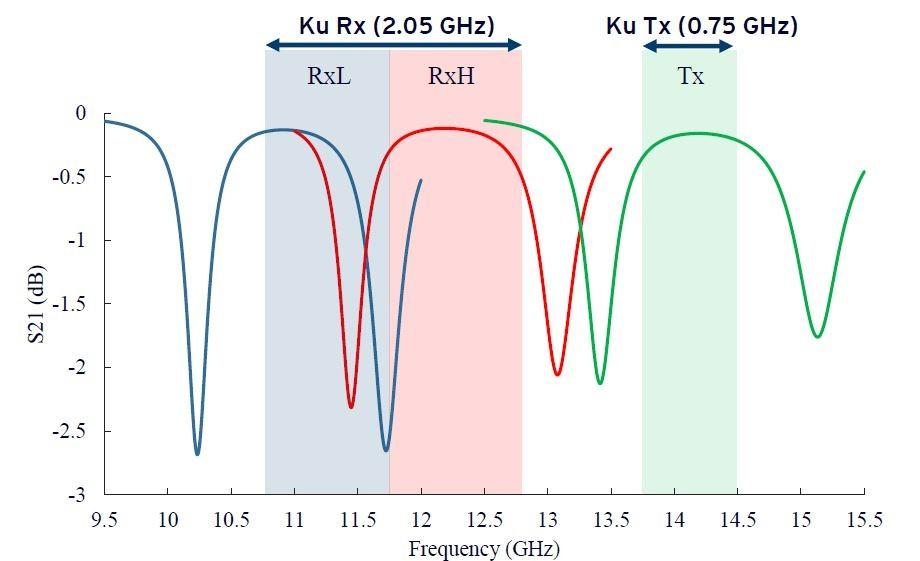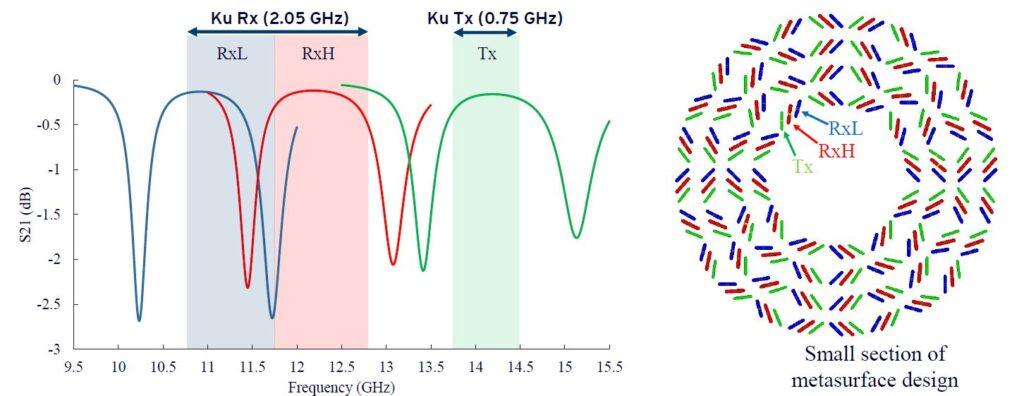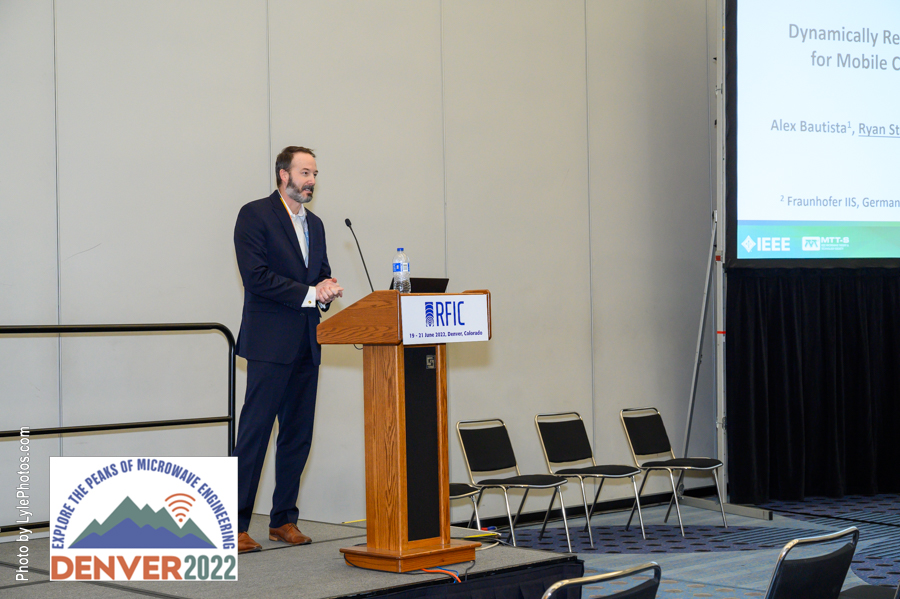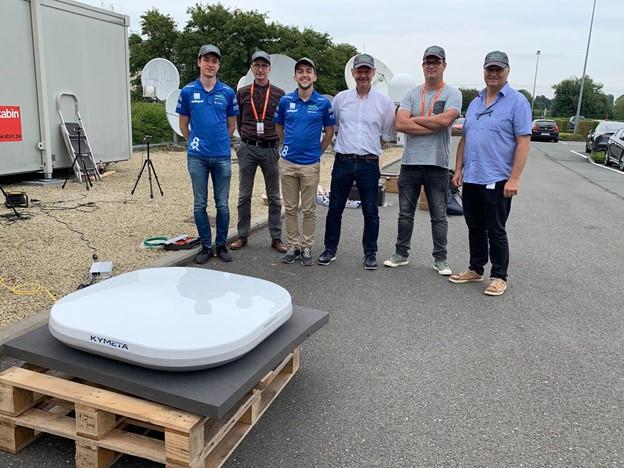Innovation in Motion: Kymeta’s Power-Efficient Solution for On-The-Move, Multi-Orbit Satellite Communications
June Li on December 18, 2024

In October this year, our SVP, Chief Scientist, Ryan Stevenson, attended Array 2024 in Boston to present the paper: “Low Power Metasurface Beamforming Antennas with Dynamic Polarization Control for Multi-Orbit Satcoms.” The paper introduces significant developments in satellite communications technology that demonstrate Kymeta’s leadership in multi-orbit satellite connectivity solutions.
The Current Satellite Communications Landscape
The satellite communications industry is undergoing a fundamental transformation with the emergence of multiple LEO constellations like Starlink, Eutelsat OneWeb, Amazon Kuiper, and Telesat Lightspeed. Each constellation currently operates as a proprietary network requiring specific user terminal hardware. The future of satellite communications demands interoperability, where user terminal hardware can seamlessly operate across LEO, MEO, and GEO satellite networks.
Kymeta's Breakthrough Solution
Our team has developed metasurface antenna technology that enables true multi-orbit connectivity. This technology provides essential capabilities including:
- Seamless switching between LEO and GEO networks
- Full polarization agility
- Full duplex operation in a single physical aperture
- Wide scan angle coverage
- Significantly reduced power consumption
Superior Power Efficiency
Our metasurface technology demonstrates remarkable power efficiency compared to traditional solutions:
- Traditional multi-orbit terminals: > 700 watts
- Kymeta’s metasurface solution: < 200 watts
- Metasurface beamforming layer: 3-4 watts
This efficiency makes our solution particularly valuable for mobile applications where power consumption is a critical factor. The system achieves this while maintaining high performance across all operating conditions.
Technical Performance
The system delivers:
- Full duplex operation in a single, shared aperture capability
- Wide bandwidth coverage in either Ku or Ka bands
- Comprehensive scan range (360° azimuth, 15°-90° elevation)
- Dynamic polarization control from tracking linear to switchable right/left hand circular
Industry Applications
Our technology enables reliable connectivity for:
- Mobile platforms
- Maritime vessels
- Remote operations
- Emergency response systems
- Connected transportation
Future Impact
As satellite communications continue to evolve, our metasurface technology positions Kymeta at the forefront of the industry. The combination of multi-orbit capability and power efficiency creates new possibilities for global connectivity while addressing critical operational challenges for mobile platforms.
Click here to read the detailed technical paper presented at Array 2024, which provides an in-depth analysis of our metasurface beamforming antenna technology and its applications in multi-orbit satellite communications.














